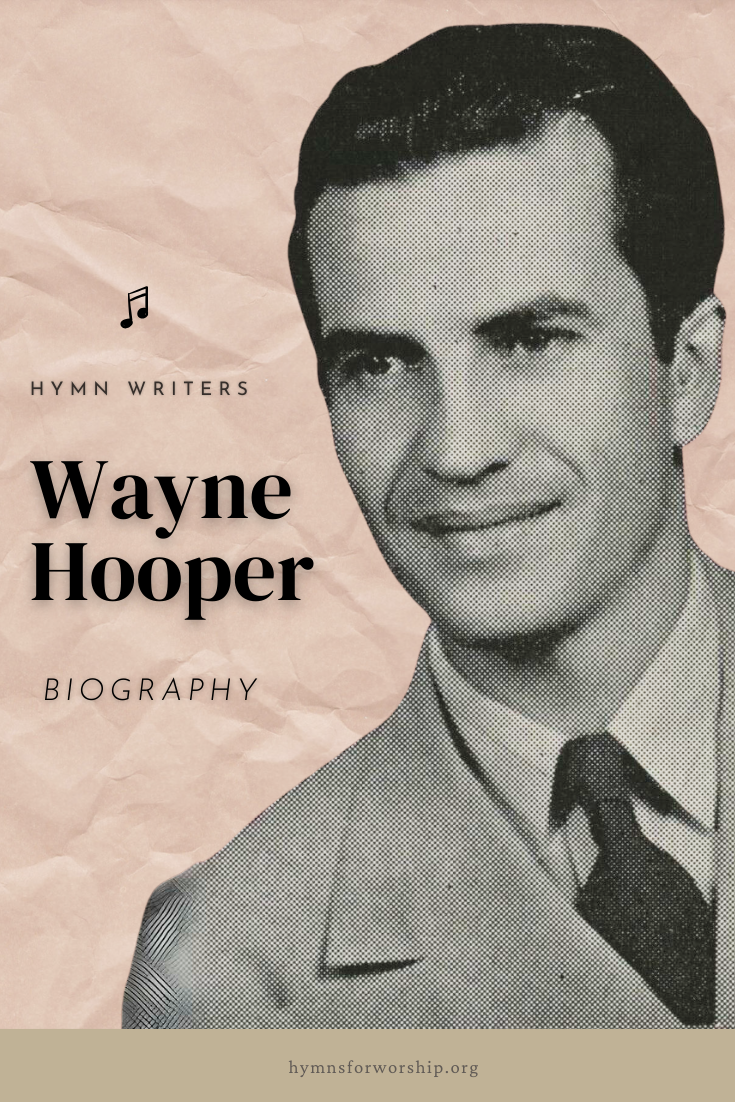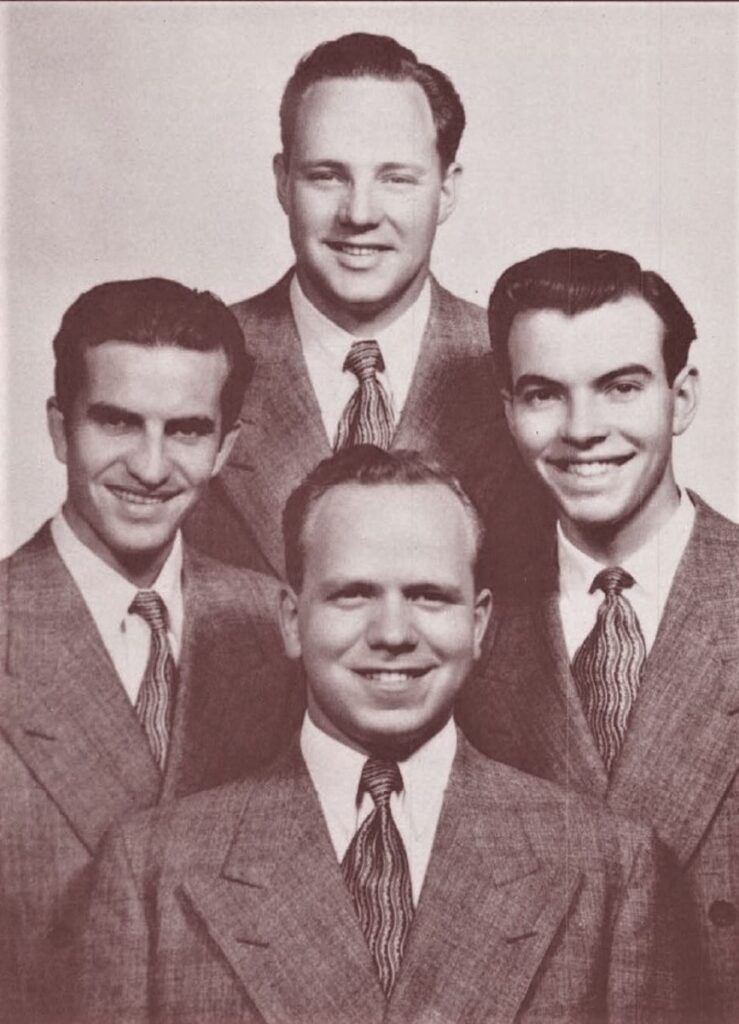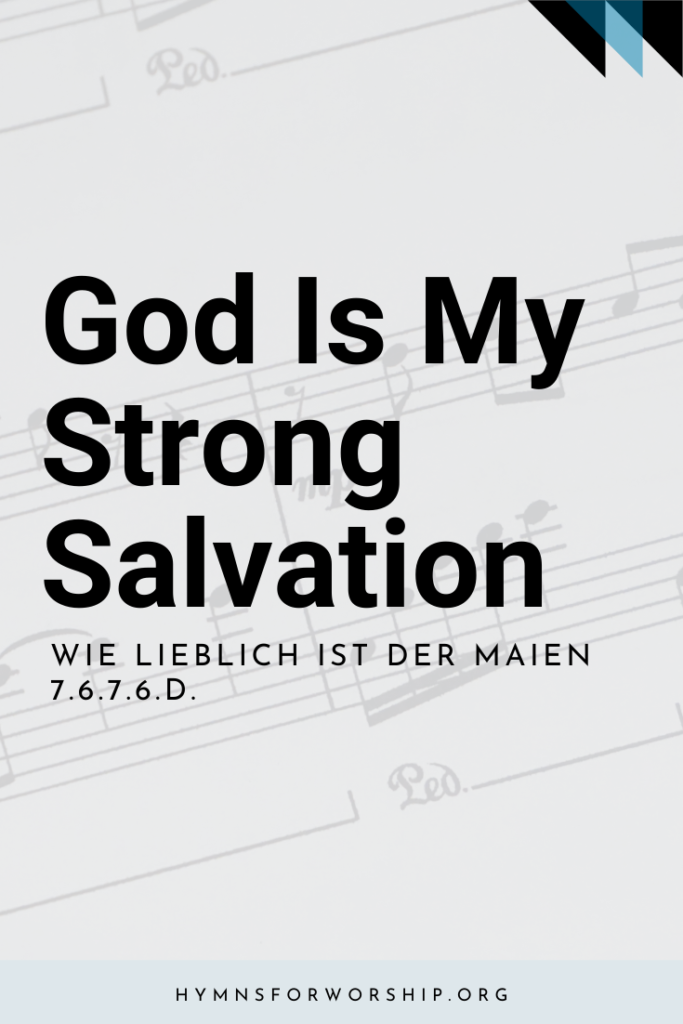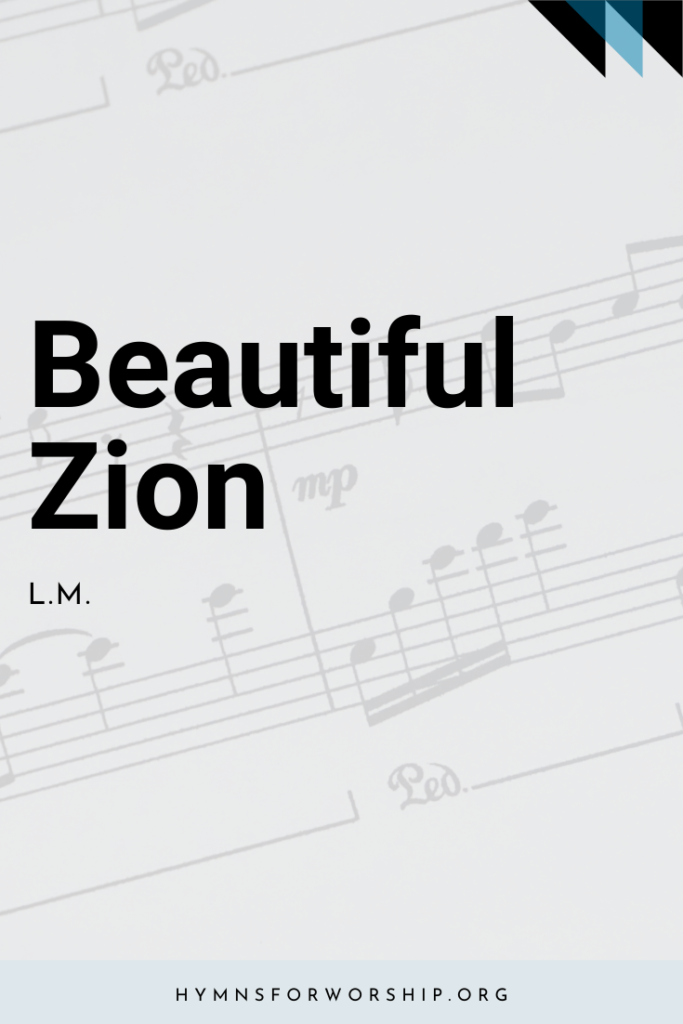This short article is reproduced from the International Adventist Musicians Association website, written by Dan Schultz

Wayne H. Hooper, a talented musician, was associated with many aspects of the Seventh-day Adventist church’s music for over four decades. Following three decades at the Voice of Prophecy, where he played an outsized role in guiding the evolution of its music program, he became a pivotal person in helping create a landmark hymnal for the church, a fitting capstone in the evolution of its hymnody. By the end of his life he had become a legend as a performer, composer, and arranger who had created a vast legacy in music for his church.
Wayne was born in Little Rock, Arkansas, on July 4, 1920, one of seven children of Thomas Jefferson and Ethel Robinson Hooper. His father was publishing secretary for the Arkansas Conference and a noted camp meeting song leader and singing school teacher
From Wayne Hooper’s earliest years, family hymn singing in four parts was a daily activity that created an unusual closeness within that talented family as they moved frequently during the Great Depression. He was raised in a home where music and service to the church were both important aspects of life. After graduating from Gem State Academy in Idaho, Hooper attended Southern California Junior College, now La Sierra University, for three years, leaving there in 1941 to teach music at Portland Union Academy (now Portland Adventist Academy) in Oregon.
In 1944, following extensive singing in evangelism, he accepted an invitation to sing in the King’s Heralds Quartet on the Voice of Prophecy radio broadcast, where he continued until 1947. That fall, due to turmoil in the quartet, he and two other members of the quartet were released. He viewed this as an opportune time to continue his education and enrolled as a music major at Union College.

When Hooper arrived at UC, he was part of a huge influx of students, many being men who had fought in World War II and were now being sponsored by the government to obtain an education. Over 500 students were enrolled in music lessons and ensembles that fall. While his primary identity was that of a student, because of his prior experience he was also hired to teach voice, coach male quartets, and direct the lower division choir and male chorus.
It was an exciting time for music on the campus, with a new music building and teachers such as Harlyn Abel, who had just come from SCJC, where he had earlier known Hooper as a student, directing the choirs; Opal Miller teaching theory; and Raymond Casey, a talented former Navy bandsman, directing the band, in which Hooper played as one of eight trombonists. He thoroughly enjoyed his studies and reveled in his role as a teacher during those two years.
Learn the hymn
Printables, piano accompaniment, hymn text and other tidbits are all available in this site.

As Hooper was completing his music degree in 1949, he was invited by the VOP to return and form a new quartet and choose the music they would sing. The quartet he assembled, with its unique blend of voices, sang together for the next twelve years, providing a stability in music at the VOP that enabled H.M.S. Richards to focus on other aspects of the program. Additionally, the group’s singing of Hooper’s arrangements, coupled with recording innovations and the subsequent release of numerous quality records, would define the King’s Heralds sound for millions of listeners.
Hooper became noted for both his arranging and composing talents. Bob Edwards, a member of that quartet, wrote in a 1991 article in Adventist Heritage:
“He set the style of the VOP music with his unique and spirited male voice arrangements. Budding male quartets around the world wrote for copies of Wayne’s arrangements. No matter where I travel . . . I still hear male quartets singing Wayne’s arrangements.”
These and others of his arrangements, as well as his song “We Have This Hope” are still widely used.
Hooper sang with the quartet until 1962, leaving it to become musical director of the broadcast. Aside from his specific duties of arranging and directing, he was in charge of development and marketing for Hosanna House, a VOP venture in music publishing, served as an arranger and orchestrator for Chapel Records, and assisted H.M.S. Richards in recording the King James Bible. He retired in 1980.
Even following his retirement, Hooper continued to work on special projects for the VOP. Also, as he had done during his many years with the program, he continued to serve as a gentle mediator during moments when, due to changing times and difficult decisions at the VOP, misunderstandings developed.
Most recently, he and Del Delker accompanied members of the VOP, traveling to Adventist colleges and universities in 2004 to join with campus music groups in celebrating the radio program’s 75th Anniversary. Although he enjoyed the experience, he was uneasy about the drift in VOP music to the Country and Western style of music.

Photo courtesy of Brazilian White Center – UNASP.
Hooper had completed a master’s degree in music in 1957 at Occidental College while still singing in the quartet. In 1986, Andrews University honored him with an honorary D.Mus. and in 2002, La Sierra University awarded him another honorary doctorate. As satisfying as this recognition was, Hooper was inclined to view two other projects, the composing of musical settings for memory verses used in Sabbath School and his part in creating the new SDA hymnal, as two of the most rewarding experiences of his career.
Beginning in 1977, he began to set the memory verses to music, eventually doing the complete three-year cycle of 156 verses. These were arranged and recorded by singers such as Bob Edwards, Maurita Thornburgh-Phillips, Edward’s sister Coleen, and Pat Taylor, who were accompanied on piano by Calvin Taylor. Recorded on cassettes, they were distributed as Sing a Bible Verse for use in Sabbath Schools worldwide. They became very popular and, when later the memory verses were changed from the KJV to the NIV, they were rewritten and re-recorded starting in 1995.
In 1981, he was invited by the General Conference to coordinate the development of a new hymnal. He served as executive secretary of the working committee and, with Mel West, worked as a musical editor for the project. He and his wife, Harriet, who assisted him in his work with the committee, helped keep the group on track so that they could complete their task in time for the printing of the Seventh-day Adventist Hymnal and its introduction at the 1985 General Conference World Session.
With the completion of the hymnal, he and Edward White immediately began another related project, the compiling and writing of a resource book with information about each hymn and biographies of writers and composers who were represented by five or more hymns. The resulting reference, Companion to the Seventh-day Adventist Hymnal, was released in 1988.
At a time in life when most persons were content to relax and reflect on the past, Hooper continued his ministry in music. He was active as an arranger, utilizing the latest in computerized resources in his work. One of his last projects was the restoring of older King’s Herald quartet recordings to pristine quality for release in CD format.
Hooper, with his talents and commitment to service, provided an exceptional ministry in music to the Adventist church. His leadership in promoting quality music through the years has continued to be felt during a time of challenging changes in sacred music.
He was living in Newbury Park, California, when he died following a prolonged illness on February 28, 2007, at age 86. He was survived by his wife, Harriet; children Jim, Jan Lind, David, and Dan, and their families; numerous grandchildren; and siblings Norma Phillips, Alma Tucker, Colene Schwandt, and Tom Hooper.
Wayne Hooper’s Final Life Sketch and Eulogy can be found in the same site.
Sources:
Interviews with Wayne Hooper, 10 and 14 February 2005
Wayne H. Hooper and Edward E. White, Companion to the Seventh-day Adventist Hymnal, 1988, Review and Herald Publishing Association,
Hooper biography, 640-42;
Robert E. Edwards, Hello America!, 1961, 40, 43-46;
Roy Cottrell, Forward in Faith, 1945 49, 50;
Robert E. Edwards, H.M.S. Richards, 1998,196, 197, 202, 226-228.
All of Wayne Hooper’s published and unpublished compositions and arrangements are available at the Voice of Prophecy website, www.vop.com/hoopermusic, and can downloaded without charge for public use. Of special interest is music written to assist in remembering the three-year cycle of Sabbath School memory verses for children, a project that was completed in the late 1970s and redone in the late 1990s.





